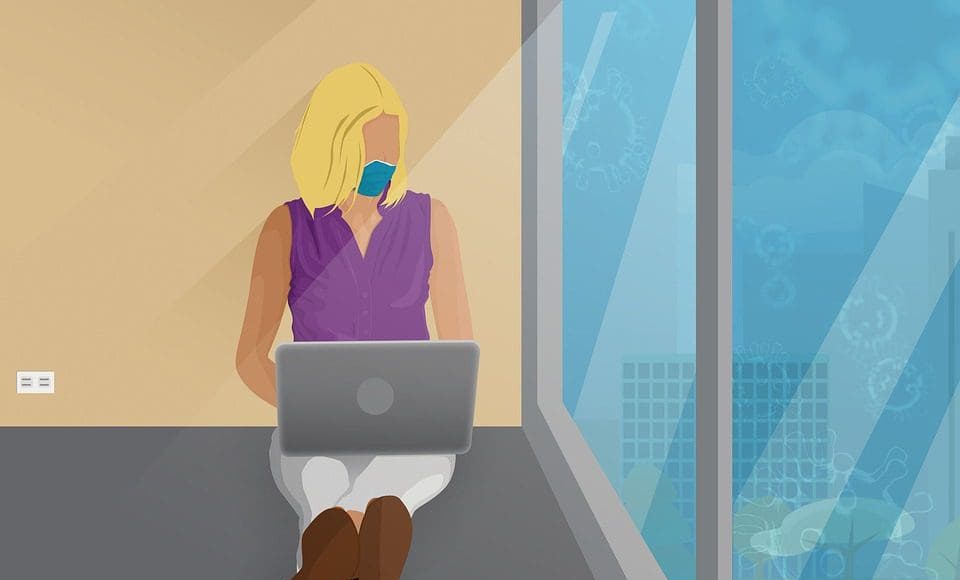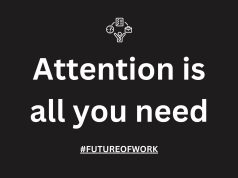Remote meetings have long been a prominent alternative for nationwide or worldwide companies with individuals throughout the globe. However, these virtual conferences have ended up being the standard in the wake of Covid-19, with many workplaces closing down or restricting their in-person ability.
While remote conferences have the noticeable advantage of permitting individuals to connect from anywhere, they also include distinct challenges. Luckily, these difficulties can be gotten over if you recognize precisely how to get ready for them. To make your next remote meeting a success, try these 5 methods:
Prepare a common area.
What is the most significant advantage of an actual meeting? It is face-to-face interaction, which is a result of sharing a particular space. However, a shared space is not equal to a meeting room. Likewise, it includes standard flip charts, chats, shared displays, or shared online whiteboards. A combination of different shared rooms favorably influences remote workers’ visibility in a meeting.
This approach is commonly used at Rentbits– Dan Daugherty (CEO) shared that they utilize a mix of Slack and Skype for all remote meetings to involve employees. In addition, Skype’s screen-share enables them to watch item advancement while they add notes and updates into Gitlab project administration boards in real-time.
Plan the schedule meticulously as well as share it in advance.
Congregating for a remote meeting takes effort, so do not waste time during the session. Instead, have a strategy with specific things to cover and stick to that plan. It is better to share the program ahead of time with those who will undoubtedly participate to ensure that every person can prepare.
Michael Sueoka, Head of User Experience at The Mobile Majority, sends out the plan and the meeting’s goals before the meeting, then ask individuals to review it and comment on it if they have any comments or ideas. Michael considers this is engaging before the actual meeting so that they don’t spend precious time thinking of ideas, but they include suggestions.
Be engaging
Monotonous meetings are tough to sit through. Considering that you put the work into organizing a great conference, make it intriguing with dynamic interaction, good visuals, or set up your meeting customs. Plan time to start the ball rolling and also make some fun asking ice breaker questions.
Send out a follow-up.
Remind those who got involved the main points of the meeting and the instructions article meeting. This both enhances the forum’s performance and reinforces the importance of remote meetings to your team members.
Nevertheless, it’s only effective when it’s read, so make the letter or chat message as enjoyable as possible– fill it with gifs, videos, funny pics from the meeting, and so on. Make it a habit, so the meeting participants will undoubtedly be waiting on your email each time after the meeting.
The future of work means differently to each one of us: some see it as more technology and less human, some expect a more humanized space and some others imagine it to be a no-workplace world. In our journey to unwrap FutureofWork, Work2.org invites leaders from various industries to help our global community to understand what the posterity holds for workers, leaders and organizations. While our team is busy at bringing this fresh ideas directly to you, we would appreciate our community help in making it possible. If you like what you’ve read, we would appreciate if you could spread the word within your circles and let us know if anything you want us to bring into this #FutureOfWork conversation.




























